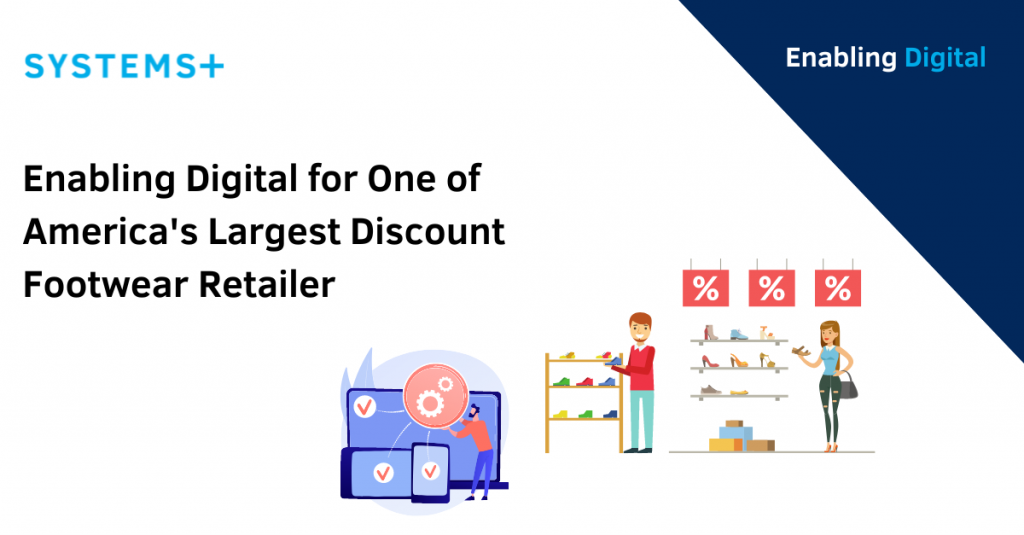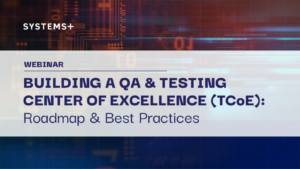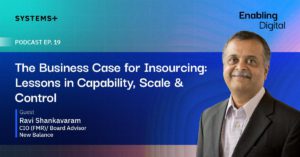
The retail sector has experienced several challenges, and the biggest disruption has been caused by technology and a digital-first approach.
The organizations that have managed to perform best are because of their ability to adapt to new changes.
Addressing operational costs is one of the key priorities with the ever-increasing competition and the quest to offer customers more value.
There’s a plethora of technology solutions for enterprises to choose from and this evaluation is not easy to do. Enterprises look for software products to improve operational efficiency but often end up making choices that are difficult to integrate with existing systems. This results in cumbersome operating model resulting in unnecessary overheads and ultimately poor value for money.
Retailers need to keep their unit costs low and focus on volumes to maintain a healthy top line. And while they are busy streamlining their internal systems, you also have the added responsibility of debunking the myth that quality comes at a (high) price!
Here’s how our Managed GIC model helped one of America’s biggest footwear retailer enable digital and get IT right while paying less!
Challenge:
The existing opaque offshore delivery model resulted in inadequate control over delivery and a lack of day-to-day visibility. The lack of cost transparency and narrow talent skill had a huge impact on the operational costs and resulted in unnecessary overheads. Further gaps in service delivery and reduced manpower productivity caused slower reduction time. When outsourcing to large IT giants the talent pool often shifts from project to project. And the there is a lack of consistency in the technical knowledge and requirements with minimal alignment with the Enterprise’s business operations.
Also, the other option was to set up a self-controlled captive unit which overcomes some of the challenges of the opaque offshore model. For instance, on the talent front – better access to a wide base of talent, control over hiring, improved productivity, complete transparency in delivery processes, operations, and costs, better retention of business knowledge, and quick resolutions when it comes to business concerns.
The major issues with the Self-controlled captive units are that it is highly capital intensive as it involves infrastructure set-up costs and employment ownership costs. Apart from the cost issues, there are legal and statutory hurdles while setting up the self-controlled captive unit. There are some transfer pricing issues and after setting up, the challenges related to exit are inevitable.
Solution:
Addressing these hurdles; Systems Plus offered its disruptive offshoring model, ‘The Managed Global- in-house Center (MGIC). In MGIC, the unit is customer operated but built and managed by System-Plus which contributes to making it low capital intensive. It ensures complete integration with the parent organization or can be looked at as an extension of the parent enterprise. It has extremely low CAPEX as infrastructure is taken care of by systems plus. And most importantly the talent pool hiring is done in conjunction with the parent enterprise. The employees are well equipped not only with the required technical skill sets but also with the business operations of the parent enterprise.
With the constantly evolving technology requirements, good know-how of business operations becomes essential to take critical business decisions. The footwear retail enterprise considering the above benefits opted for the managed global-in-house center offered by Systems Plus and has been able to reap cost benefits of more than 30%.
Apart from Costs, the other payoffs include 90-day talent Acquisition and a single-digit attrition rate. Also, the Managed Global in-house center along with supporting the regular deliveries has been involved with key development and implementation of projects for the enterprises.
The GIC ecosystem has grown at a great pace globally, especially in India, and over the past two decades, the overall sector has seen tremendous growth in all forms. The Global capability sector in India as of FY 2020 comprised more than 1200+ global organizations. It employs close to 1 million people and generates USD 28.3 billion in annual revenue. The digital-first approach and other technology trends clearly show that GIC will continue to create an impact in the coming future.
With the constant technological disruptions, enterprises should look at GICs as an alternative to opaque delivery models or self-owned captive units. The scope of GlCs can be pushed beyond cost centers to an extension of enterprise of innovation enabler. Virtual captives have the potential to dramatically reduce your IT costs and drive business success.
At Systems Plus, we have been providing Managed GIC solutions (also known as Virtual Captives) to our clients for more than a decade. Our Virtual Captive model takes out all the pain points of a legacy outsourcing model, making it the ideal outsourcing solution for enterprises of any size and scale.
Reach out to us for a free consultation to learn how we can help you enable digital.






